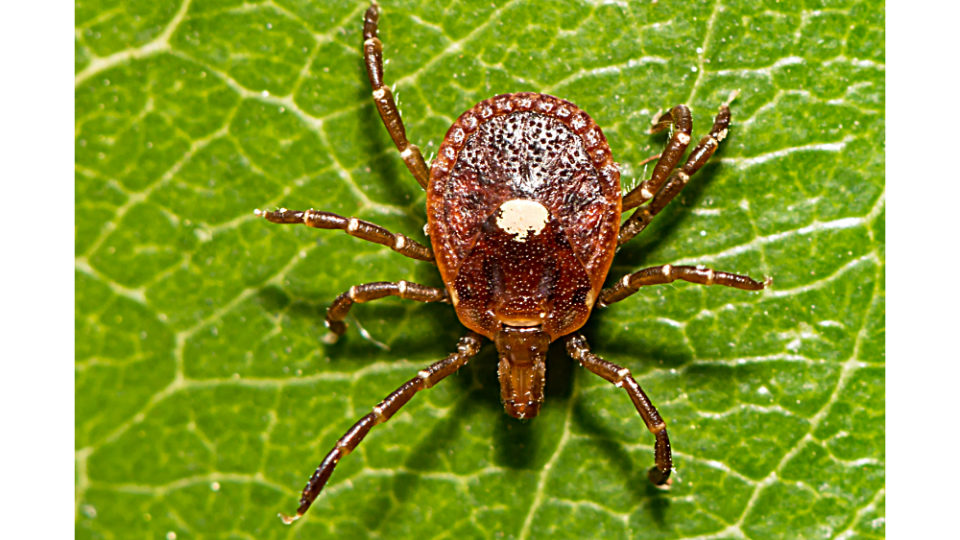ULLIN – The Southern 7 Health Department is reporting that two ticks recently came back positive for Ehrlichiosis viruses. One tick came from Hardin County while the other came from Pulaski County.
Over the past several months Southern 7 has conducted active tick surveillance in the southernmost seven counties in Illinois for all species. Tests recently completed by the Illinois Department of Public Health (IDPH) have confirmed that the two ticks collected tested positive for the viruses.
The tick collected from Pulaski County had Ehrlichia ewingii while the tick collected in Hardin County came back positive for Ehrlichia chaffeensis. Both ticks were the Lonestar tick.

In mid-October, IDPH reported that the CDC confirmed the first tick in the state to test positive for Enrlichia muris eauclairensis (EME), a bacteria transmitted by the blacklegged tick, also called a deer tick. The tick was discovered in Lake County.
“These viruses can become very serious for anyone who is bitten,” said Miranda Adams, S7HD Environmental Health Director. “We want everyone to look for early and late-state symptoms so proper treatment can be given before illness becomes severe.”
Early signs and symptoms (the first 5 days of illness) are usually mild or moderate and may include fever, chills, severe headache, muscle aches, nausea, vomiting and diarrhea, loss of appetite, confusion, and rash. Risk factors for severe illness include delayed antibiotic treatment, children under age 5 and those over 65, and a weakened immune system. See your healthcare provider if you become ill after being bitten by a tick or spending time in grassy, brushy, wooded areas.
Treatment involves antibiotics. If delayed, Ehrlichiosis can sometimes cause severe illness including brain and nervous system damage, respiratory failure, uncontrolled bleeding, organ failure, and death. Early treatment can reduce your risk of developing severe illness.
“We want residents to understand that although only two ticks submitted from the southern seven region tested positive for a pathogen all ticks should be considered dangerous and tick bite prevention should take place every time you go outside including during the winter,” said Adams.
To avoid being bit by a tick:
- Wear light-colored, protective clothing such as long-sleeved shirts, long trousers, boots or sturdy shoes, and a head covering.
- Apply insect repellant containing 10 percent to 30 percent DEET primarily to clothes.
- Walk in the center of trails so weeds do not brush against you.
- Check you, others, and pets every two to three hours for ticks.
- Remove any tick promptly by grasping it with tweezers as close to the skin as possible and gently, but firmly, pull it straight out.
- Wash the bite area and your hands thoroughly with soap and water, and apply an antiseptic to the bite site.
- Make sure the property around your home is unattractive to ticks.
- Keep your grass mowed and keep weeds cut.
Active tick surveillance for fall and winter has begun throughout Illinois, with results to be released next spring. For more information, contact S7HD Environmental Health division at 618-634-2297 or visit dph.illinois.gov.
